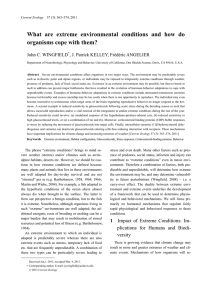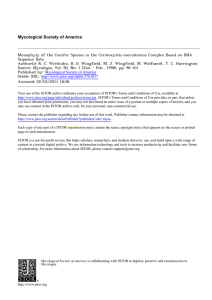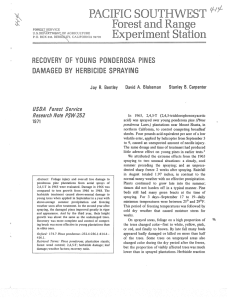restoration at wingfield pines
advertisement
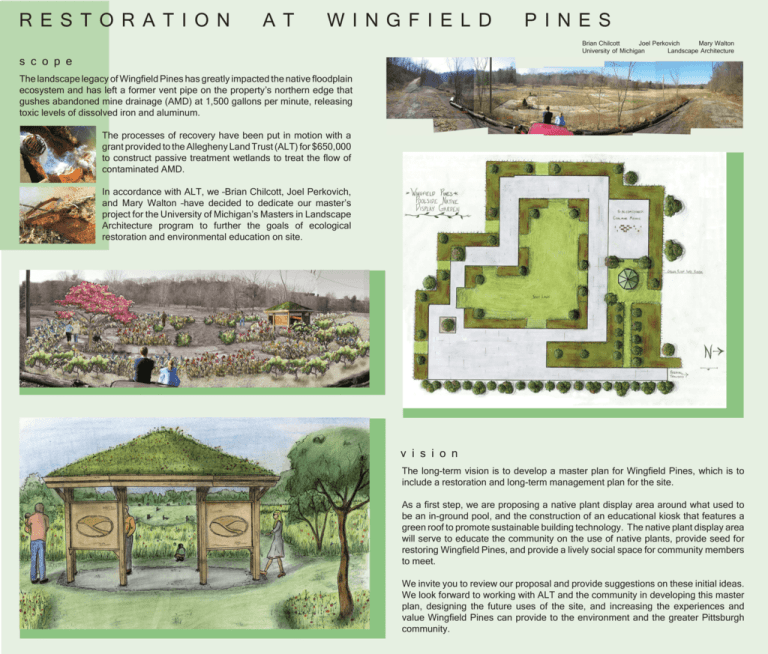
R E S T O R A T I O N A T W I N G F I E L D P I N E S Brian Chilcott Joel Perkovich Mary Walton University of Michigan Landscape Architecture s c o p e The landscape legacy of Wingfield Pines has greatly impacted the native floodplain ecosystem and has left a former vent pipe on the property’s northern edge that gushes abandoned mine drainage (AMD) at 1,500 gallons per minute, releasing toxic levels of dissolved iron and aluminum. The processes of recovery have been put in motion with a grant provided to the Allegheny Land Trust (ALT) for $650,000 to construct passive treatment wetlands to treat the flow of contaminated AMD. In accordance with ALT, we –Brian Chilcott, Joel Perkovich, and Mary Walton –have decided to dedicate our master’s project for the University of Michigan’s Masters in Landscape Architecture program to further the goals of ecological restoration and environmental education on site. v i s i o n The long-term vision is to develop a master plan for Wingfield Pines, which is to include a restoration and long-term management plan for the site. As a first step, we are proposing a native plant display area around what used to be an in-ground pool, and the construction of an educational kiosk that features a green roof to promote sustainable building technology. The native plant display area will serve to educate the community on the use of native plants, provide seed for restoring Wingfield Pines, and provide a lively social space for community members to meet. We invite you to review our proposal and provide suggestions on these initial ideas. We look forward to working with ALT and the community in developing this master plan, designing the future uses of the site, and increasing the experiences and value Wingfield Pines can provide to the environment and the greater Pittsburgh community.
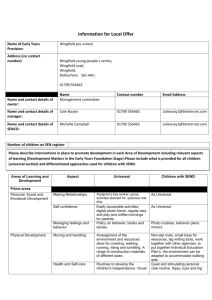
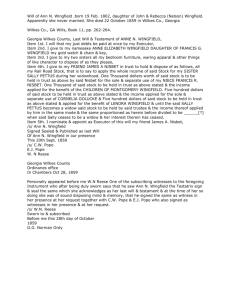


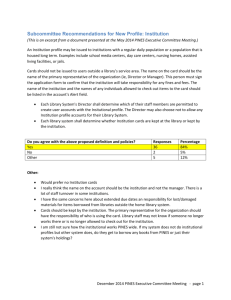

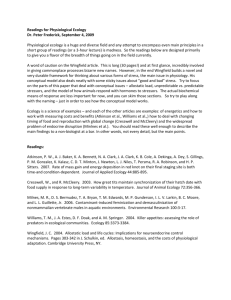

![Linda de Vries Slides [d]](http://s2.studylib.net/store/data/010134283_1-3a979958e9a2fe60fa5d1974a5e30297-300x300.png)
